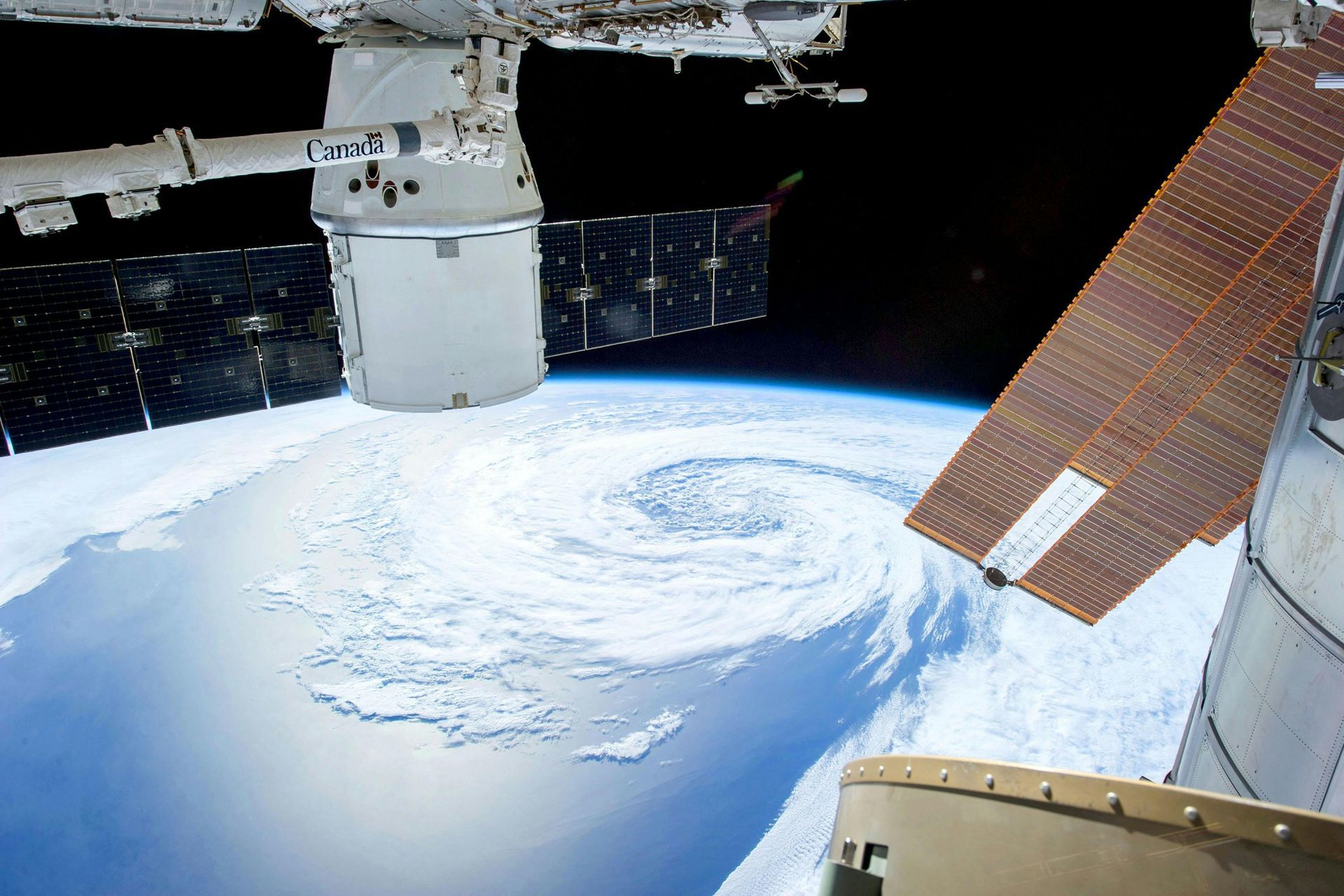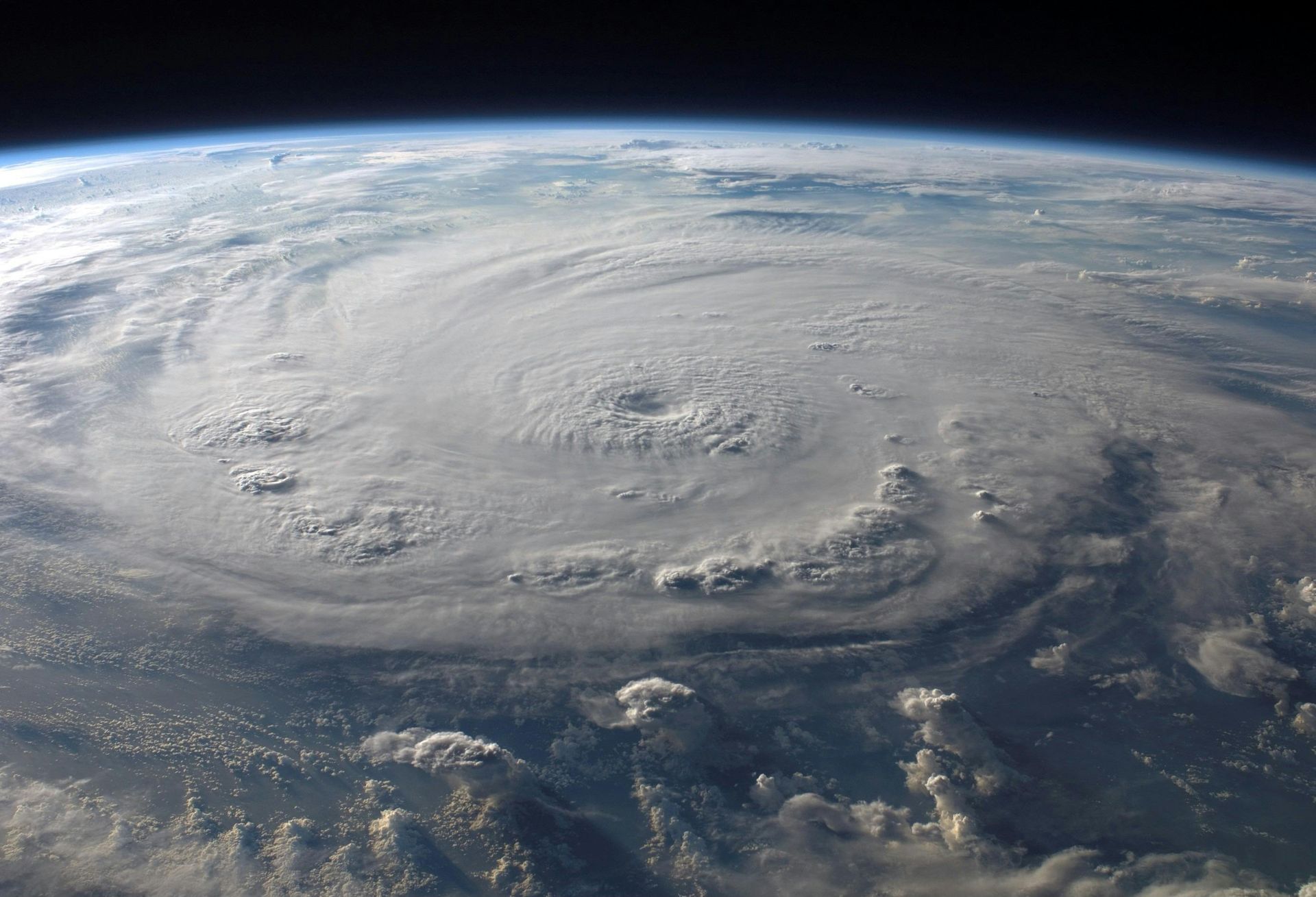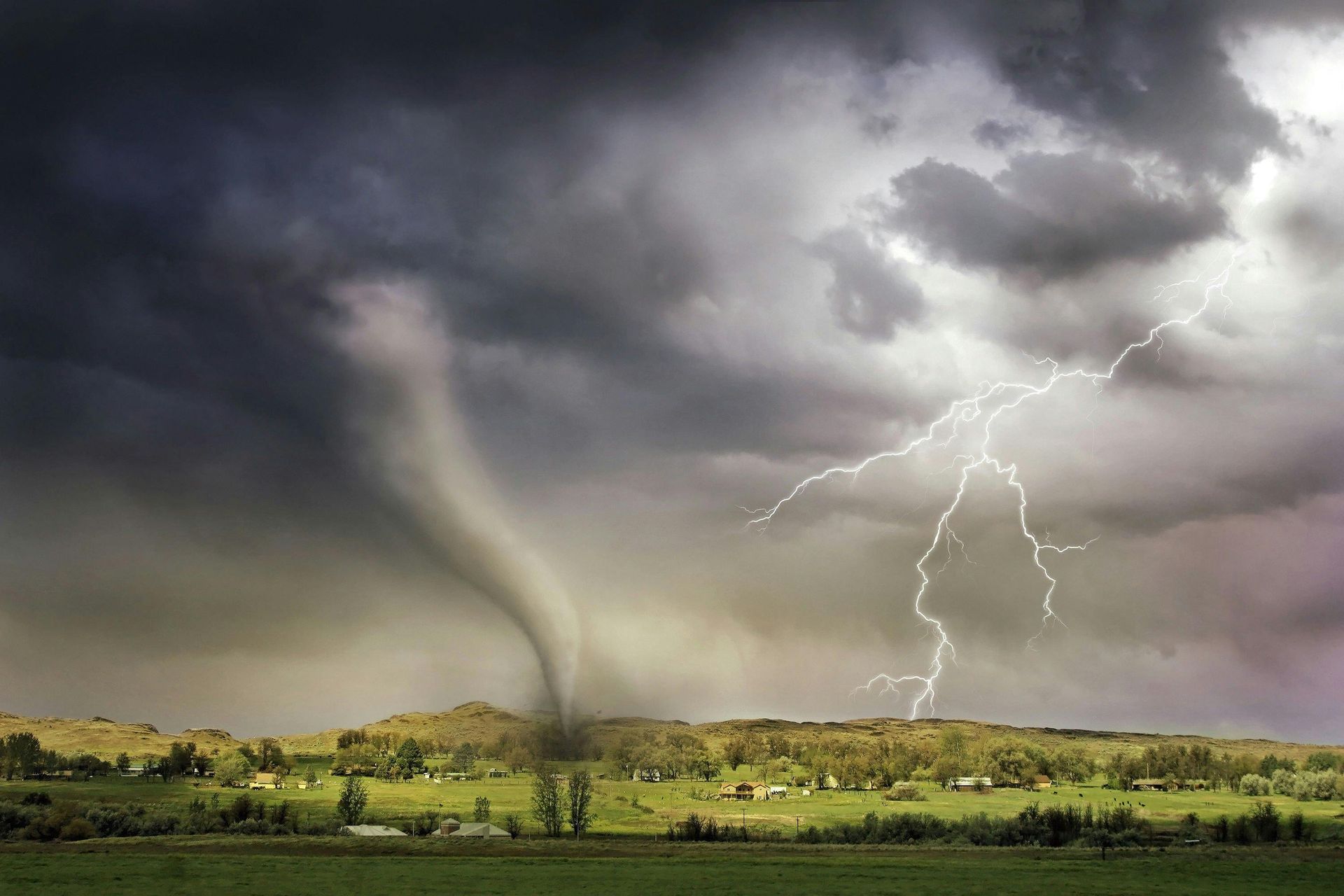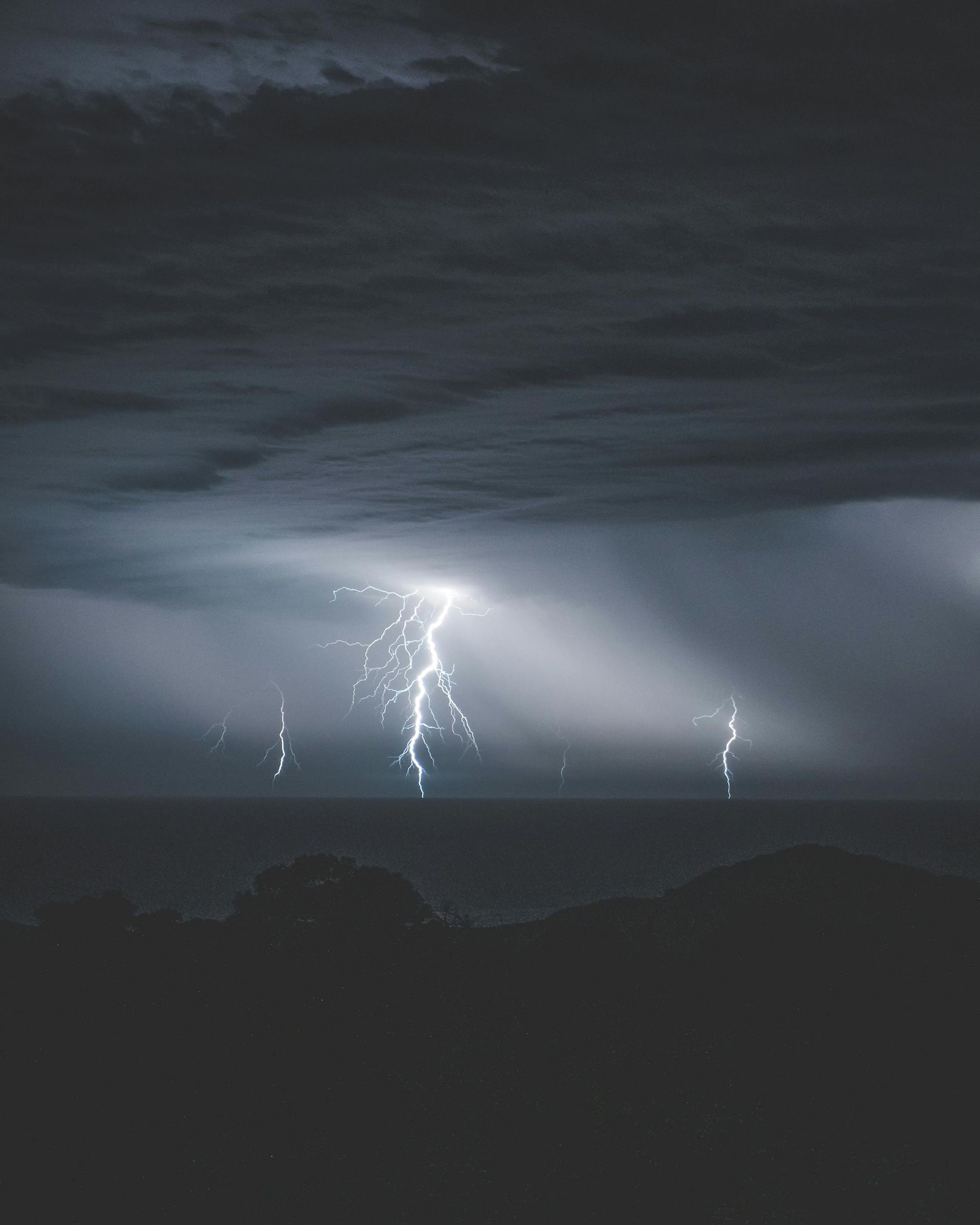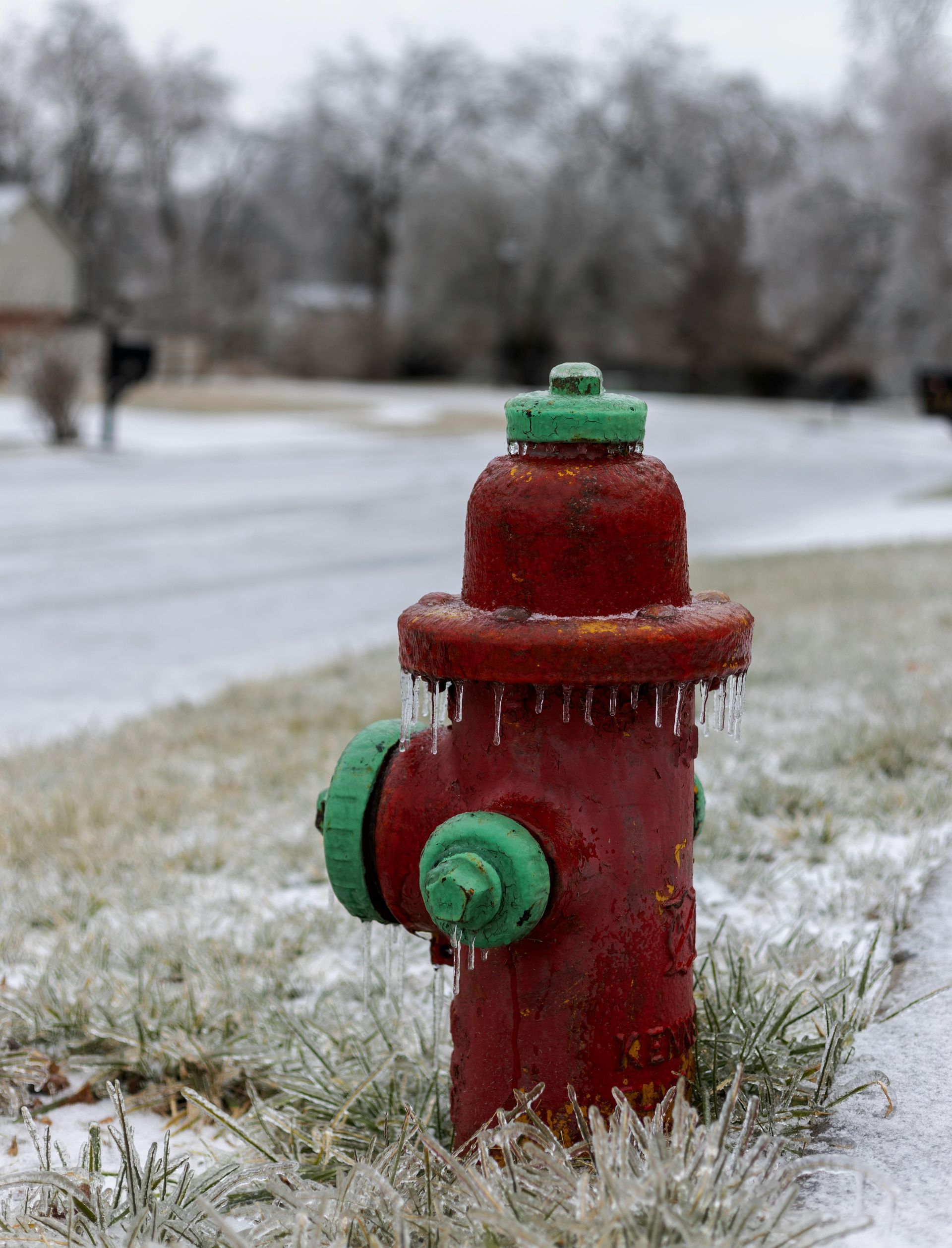Storm Season 2024
As we approach storm season 2024, meteorologists are already studying patterns and making predictions about what lies ahead. Storm season always brings uncertainty, but preparation can turn uncertainty into confidence. This year, understanding the latest trends and taking proactive steps to protect your home, business, and family will be essential for weathering whatever storms come your way.
Here’s a comprehensive look at what experts anticipate for storm season 2024 and practical tips to help you prepare.
Trends and Predictions for Storm Season 2024
Each year, storm season presents unique challenges influenced by atmospheric and oceanic conditions. Here are some of the key trends shaping the outlook for 2024:
1. Increased Storm Intensity
Climate change continues to play a significant role in the behavior of storms. Warmer ocean temperatures fuel the development of stronger storms with higher wind speeds and greater rainfall.
- Prediction: More intense hurricanes and tropical storms are likely, with a focus on regions prone to Atlantic and Pacific activity.
2. Extended Storm Seasons
Recent years have seen storm activity extending beyond traditional seasons, with early or late storms causing unexpected impacts.
- Prediction: The 2024 storm season may begin earlier in the spring and linger into the fall, emphasizing the need for year-round vigilance.
3. Heavier Rainfall
A warmer atmosphere holds more moisture, leading to an increase in heavy rainfall events. This trend significantly raises the risk of flash flooding in vulnerable areas.
- Prediction: Flood-prone regions should anticipate a heightened threat from prolonged or intense rainfall events.
4. Shifting Storm Tracks
Changing wind patterns and ocean currents are influencing where storms develop and how they travel.
- Prediction: Areas not traditionally affected by severe storms could experience increased activity, highlighting the importance of preparation across broader regions.
How to Prepare for Storm Season 2024
Preparing for storm season is about more than stocking up on supplies. It’s about building resilience into every aspect of your life, from your property to your emergency plans. Here’s how to get started:
1. Understand Your Risk
Knowing your vulnerabilities is the foundation of storm preparedness.
- Check if your home or business is in a flood zone or hurricane-prone area.
- Review historical data for your region to understand potential threats.
2. Fortify Your Home
Your property is one of your most valuable assets—protect it with preventive measures.
- Secure Your Roof: Repair loose shingles and consider upgrading to impact-resistant materials.
- Protect Windows and Doors: Install storm shutters or reinforce with plywood if a storm is forecasted.
- Improve Drainage: Clear gutters and install sump pumps to prevent water damage during heavy rains.
3. Create an Emergency Kit
An emergency kit ensures you’re ready to weather the storm and its aftermath.
- Include essentials like bottled water, non-perishable food, flashlights, batteries, first-aid supplies, and medications.
- Add specific items for your family, such as pet supplies, baby formula, or mobility aids.
4. Develop a Communication Plan
Staying connected during a storm is crucial for safety.
- Establish a family communication plan with emergency contacts and meeting points.
- Use text messaging or apps that work over Wi-Fi in case cell networks are down.
5. Review Your Insurance Coverage
Insurance is a critical safety net, but it’s essential to have the right coverage.
- Confirm your policy includes coverage for flood, wind, and business interruption if applicable.
- Document your assets with photos and receipts to streamline the claims process.
6. Plan for Business Continuity
If you’re a business owner, ensure your operations can withstand a storm’s impact.
- Back up critical data to the cloud and develop a remote work plan for employees.
- Identify alternative suppliers and transportation routes in case of disruptions.
What to Do When a Storm Is Imminent
When a storm is on the horizon, quick action is essential to protect your property and loved ones.
1. Monitor Weather Updates
Stay informed by tuning into reliable weather forecasts and alerts. Sign up for emergency notifications from local authorities.
2. Secure Your Property
- Bring outdoor furniture, tools, and decorations inside to prevent them from becoming projectiles.
- Place sandbags around doors and windows to reduce flooding risks.
3. Evacuate if Necessary
If authorities issue evacuation orders, leave promptly and follow designated routes.
- Keep your emergency kit and important documents on hand.
- Inform friends or family of your plans and expected arrival.
After the Storm: Recovery and Resilience
The aftermath of a storm can be overwhelming, but a clear plan will help you recover efficiently.
1. Assess the Damage
Inspect your property carefully, prioritizing safety.
- Take photos of damage to support insurance claims.
- Avoid entering flooded or unstable structures until they’ve been cleared by professionals.
2. File Insurance Claims
Reach out to your insurer as soon as possible to begin the claims process.
- Provide detailed documentation of damages and losses.
- Work with reputable restoration companies, like Disaster South, to expedite recovery.
3. Plan for Future Resilience
Use the experience to strengthen your preparedness for future storms.
- Identify gaps in your emergency plan and address them.
- Invest in additional mitigation measures, such as elevated foundations or storm-resistant materials.
Why Early Preparation Matters
The trends for storm season 2024 emphasize the importance of early and comprehensive preparation. The risks of stronger, longer-lasting storms mean that acting now can save lives, reduce damage, and speed recovery.
At Disaster South, we’re here to help you prepare for, respond to, and recover from any storm. From expert advice to professional restoration services, we’re committed to helping you stay resilient in the face of nature’s challenges. Contact us today to learn more about how we can assist you in safeguarding what matters most.





